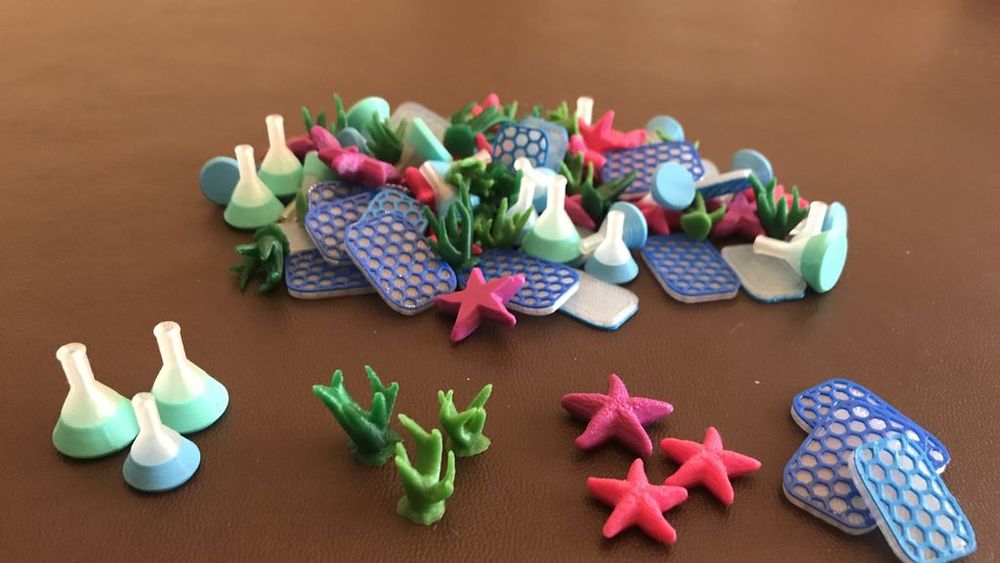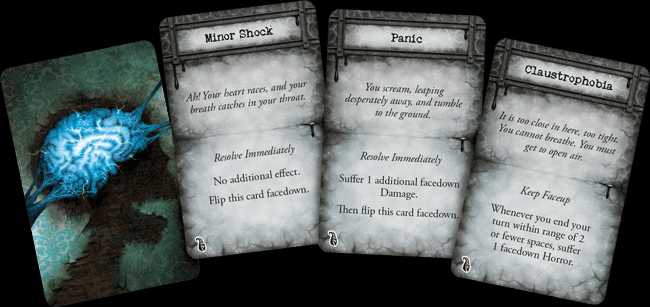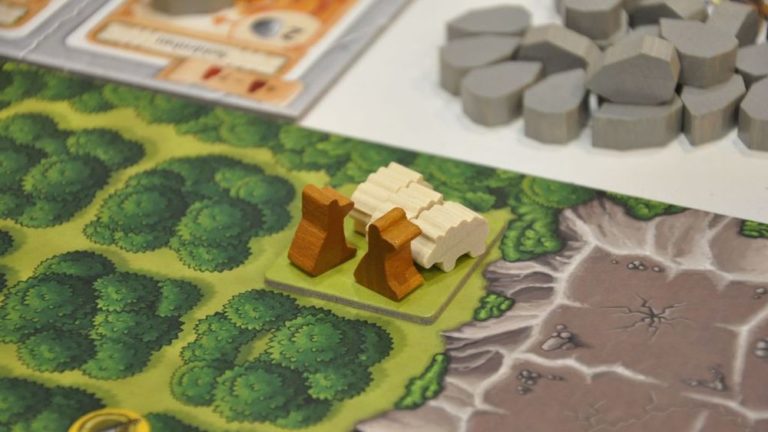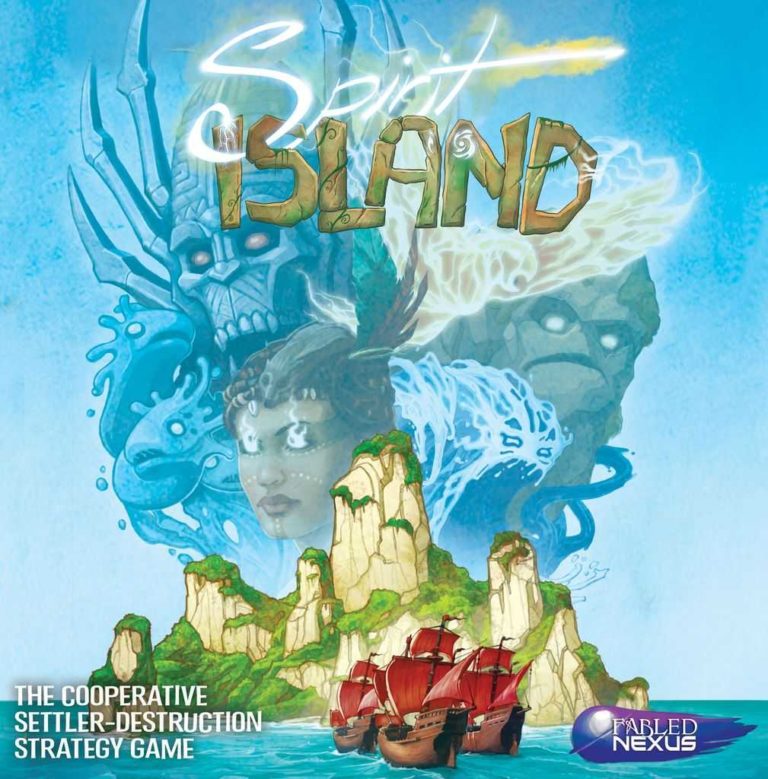Underwater Cities Review: Everything You Need To Know
Underwater Cities Review: Everything You Need To Know
Diving into the watery depths of board gaming, one title stands out for its innovative mechanics and captivating theme: Underwater Cities. Crafting a review that encapsulates all it has to offer, from tightening screws at the brink of survival to the ecstasy of a well-built metropolis beneath the waves, requires a deep dive. This Underwater Cities review will guide you through its immersive underwater world, revealing hidden depths. Join me as we explore everything this underwater adventure has to offer, from its intricate gameplay to the thematic details that make it a memorable addition to any board game collection.
Key Points:
- Underwater Cities is a strategic board game blending worker placement and card-driven mechanics.
- Players construct underwater metropolises, balancing resource management and city expansion.
- The game offers a rich tapestry of tactical and strategic possibilities, ensuring each session feels unique.
- Underwater Cities immerses players in a captivating undersea world through vivid art and thematic elements.
- The game’s thematic integration, strategic depth, and high replayability set it apart in the board game market.
- Underwater Cities supports solo play, offers expansion options, and suits families interested in strategic gameplay.
Navigating through Underwater Cities, I’ve been both a critic and a champion of its mechanics and theme. It stands as a testament to the dynamic range of experiences board games can offer. In each session, players are architects of their own underwater realms, facing the pressures of survival and the thrill of expansion. My personal journey with this game has seen highs and lows, leading to a deep understanding of its complexities and charms. By the end of this review, you’ll have a clear sense of whether Underwater Cities deserves space on your shelf.
Diving Deep into Underwater Cities
Underwater Cities offers a remarkable blend of worker placement and card-driven mechanics, set against the backdrop of humanity’s venture into the ocean depths. The game invites players to construct their own underwater metropolis, making strategic decisions about resource management, city expansion, and technological advancement. It’s a journey filled with challenges and opportunities alike.
The Essence of Underwater Cities
Underwater Cities is fundamentally a game of strategy, resource management, and long-term planning. Players must carefully balance their actions, building a robust network of cities, tunnels, and buildings beneath the sea. The essence of this game is reflected in its core mechanics and the strategic depth they offer:
- Worker placement with a unique twist
- Card-driven actions and city-building
- Complex resource management for city expansion
- Strategic long-term planning to outmaneuver opponents
Each element plays a crucial role in crafting an engaging and challenging gameplay experience. The synergy between cards and worker placement spaces creates a rich tapestry of tactical and strategic possibilities. In my countless sessions, no two games have ever felt the same, offering an ever-evolving challenge that keeps me coming back for more. [1]
Players must meticulously balance their actions, strategically utilize worker placement and card-driven actions, and engage in complex resource management to excel in the game Underwater Cities.
How to Play: Rules and Mechanics
At its heart, playing Underwater Cities involves a delicate interplay between card selection and worker placement. Players must navigate their way through three ages, each presenting its own set of challenges and opportunities. The basic framework of gameplay is as follows: [2]
| Phase | Description |
|---|---|
| Preparation | Setup the board, player boards, and starting resources. |
| Action Rounds | Players take turns placing workers and playing cards to perform actions such as building, upgrading, and expanding their underwater network. |
| Production Phases | At specific intervals, players produce resources according to their city’s capabilities. |
| End Game | Scoring is calculated based on cities, metropolises, and personal objectives achieved. |
Mastering the game requires grasping the nuanced interplay between the cards in hand and the available spaces on the main board. My strategy has evolved over countless plays; grasping the importance of timing and synergy between actions has been pivotal. Every decision feels impactful, from the initial building of production facilities to the strategic placement of cities around key resources.
The Art and Theme: Immersing Players Under the Sea
The art and thematic elements of Underwater Cities are nothing short of breathtaking. The vivid illustrations on cards and player boards bring the undersea world to life, casting players into a future where humanity seeks refuge beneath the waves. The game’s components, from the sturdy player boards to the detailed resource tiles, complement its theme, making each playthrough an immersive experience.
My personal gaming space has been transformed into underwater realms countless times; each session is a journey to a world brimming with fantastical sea creatures and futuristic underwater cities. The careful attention to detail in every component speaks to the love and thought put into this game’s design. Playing Underwater Cities is not just about strategy; it’s about stepping into a different reality, where each player becomes a pioneer in the uncharted territories of the ocean floor.
Playing Underwater Cities is not just about strategy; it’s about stepping into a different reality, where each player becomes a pioneer in the uncharted territories of the ocean floor.
Analyzing the Gameplay Experience
Exploring Underwater Cities’ gameplay is akin to embarking on a deep-sea adventure, each decision and action propelling you further into the abyss. The game presents an intricate balance of managing resources, planning, and adapting to the fluid environment of underwater life.
What Sets Underwater Cities Apart
Underwater Cities truly shines when it comes to blending worker placement with strategic card play. It’s not just about placing your worker on the board; it’s the intricate dance of choosing the right card to play, which elevates the entire experience. Each player must meticulously plan their actions, considering not only the immediate benefits but also laying the groundwork for future turns. This creates a deeply satisfying puzzle to solve, making each game feel fresh and engaging.
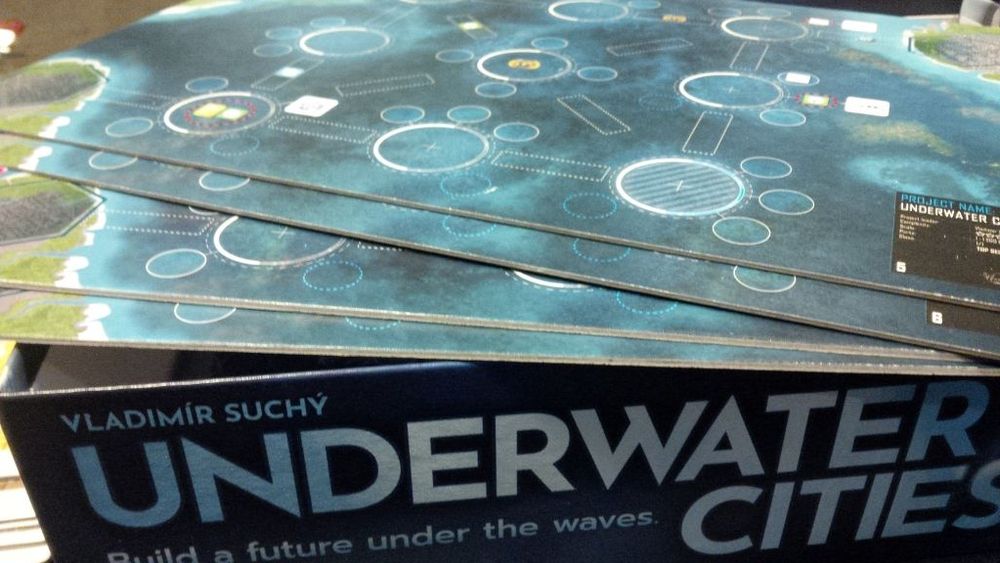
- Strategic card play combined with worker placement
- High level of player engagement in planning and executing actions
- A rich blend of immediate and long-term strategic planning
- Diverse strategies encouraged by varied card effects and board options
Moreover, the theme of building underwater metropolises is not just a backdrop. It’s woven into the mechanics through the development of your cities, expansion of tunnels, and management of resources. This thematic integration, combined with the game’s art and components, pulls players into the world of Underwater Cities, offering a compelling narrative to every session. The feeling of watching your underwater city expand and thrive adds a layer of satisfaction and achievement unique to this game. [3]
Pros: The Highs of Underwater Cities
The strategic depth of Underwater Cities is undoubtedly its biggest strength. Players are constantly faced with meaningful decisions, from the initial card draw to the final production phase. This level of engagement keeps players on their toes, ensuring that each game feels like a new challenge.
The game’s ability to support different strategies and paths to victory also stands out. Whether you’re focusing on building a robust production engine, expanding your city rapidly, or finding the perfect card combinations, Underwater Cities offers a variety of ways to secure your win. This flexibility adds to its replayability, encouraging players to explore new approaches with every game.
Cons: The Lows of Underwater Cities
While Underwater Cities offers a rich and engaging experience, it’s not without its drawbacks. The game’s complexity and length can be intimidating for newcomers to board games or those looking for a lighter play experience. Balancing the card-based actions with physical board placements requires a significant investment in time to learn and master, which might not appeal to everyone.
Navigating the complex gameplay and time commitment in Underwater Cities may not suit all players seeking a more casual board game experience.
Comparing Underwater Cities to Other Strategy Games
When we place Underwater Cities alongside other heavyweight strategy board games, certain differences and similarities become clear. Here’s a quick comparison for a better understanding:
| Feature | Underwater Cities | Terraforming Mars | Le Havre |
|---|---|---|---|
| Playtime | 2-4 hours | 2-3 hours | 1-2 hours per player |
| Player Interaction | Low to moderate | Moderate to high | High |
| Complexity | High | High | Very high |
| Theme | Building underwater cities | Terraforming Mars | Harbor city management |
| Key Mechanisms | Worker placement and card play | Card drafting and tableau building | Resource management and building |
| Solo Play | Supported | Supported | Supported |
| Optimal Player Count | 2-3 | 2-3 | 2-3 |
In this comparison, Underwater Cities stands out for its unique integration of worker placement with strategic card play, offering a distinct experience even within the crowded strategy board game market. Its thematic depth and mechanisms cater to players looking for a challenging yet highly rewarding game.
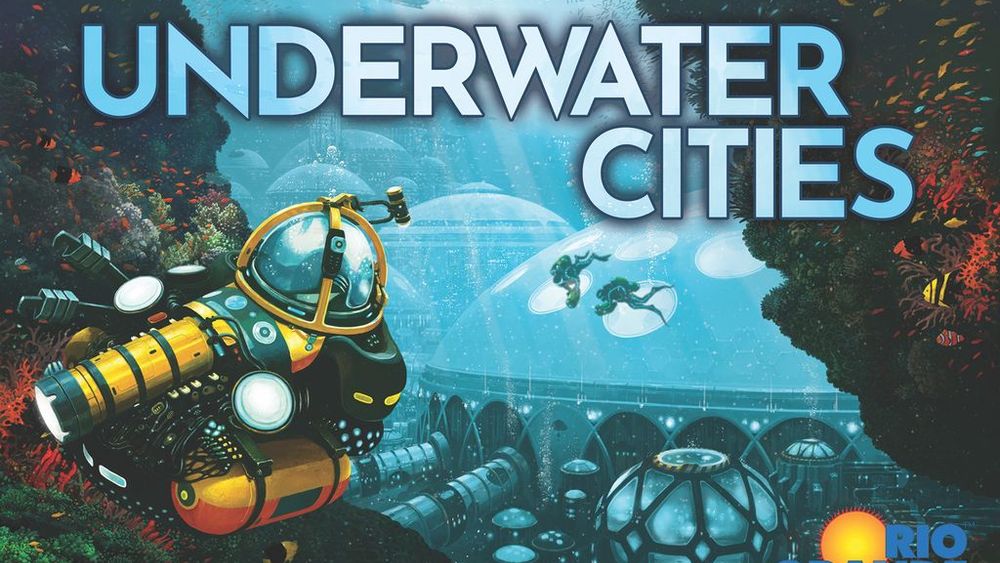
FAQs
1. Is Underwater Cities suitable for solo play?
Regarding solo play, Underwater Cities is indeed suitable and offers a challenging experience. Players can delve deep into the mechanics and optimize strategies without the unpredictability of human opponents. The tough solo mode ensures that every action counts, making it a rewarding, albeit challenging, game for those looking to test their skills against the game itself.
2. How does the New Discoveries expansion affect the game?
The New Discoveries expansion significantly enhances the Underwater Cities gameplay. It introduces new elements and mechanisms that add depth and complexity to the game, making it more engaging and variable. The expansion affects the game by providing more strategic options and replayability, ensuring that each game feels fresh and offers new challenges to the players.
3. Can Underwater Cities be played by families?
Yes, Underwater Cities can be played by families, especially those who enjoy strategic thinking and planning. While the game’s complexity might be more suited for older children and adults, it can be a fun and engaging way for families to spend time together. It encourages critical thinking and offers a great opportunity for family members to challenge each other intellectually in a fun, underwater-themed setting.
4. What is the ideal player count for Underwater Cities?
The ideal player count for Underwater Cities is between 2 to 3 players. At this range, the game offers the best balance between strategic depth and playtime. With more players, the game can become lengthy and somewhat restrictive, as the board doesn’t expand, leading to a tighter and potentially less enjoyable experience for some.
Conclusion
Concluding this Underwater Cities review, it’s clear that this game makes for an involved and strategic adventure beneath the waves. The balance of long-term planning with immediate tactical choices, coupled with the game’s rich theme and complex mechanisms, makes it a standout title in the realm of board games. Whether playing solo, with family, or within that ideal 2 to 3 player range, Underwater Cities offers a deep, rewarding experience that’s both challenging and satisfying. As we constantly search for that next great game to bring to our tables, reflecting on our journeys with such engaging games not only enhances our appreciation for them but also for the broader, wonderfully diverse world of board gaming. Until next time, may your cities thrive under the sea and your gaming nights be full of joy. Warm wishes, Lucas.
This article uses material from BoardGameGeek and is licensed under the Creative Commons Attribution-Share Alike License.

